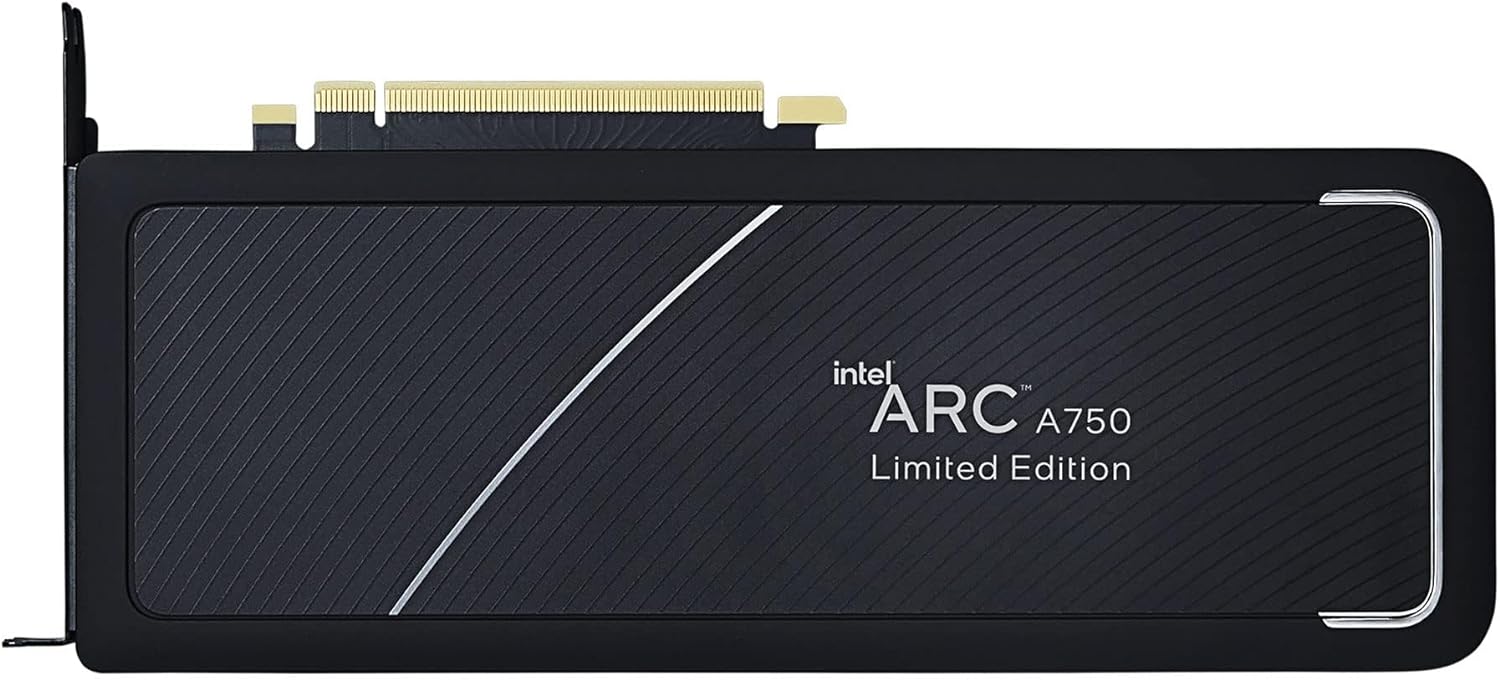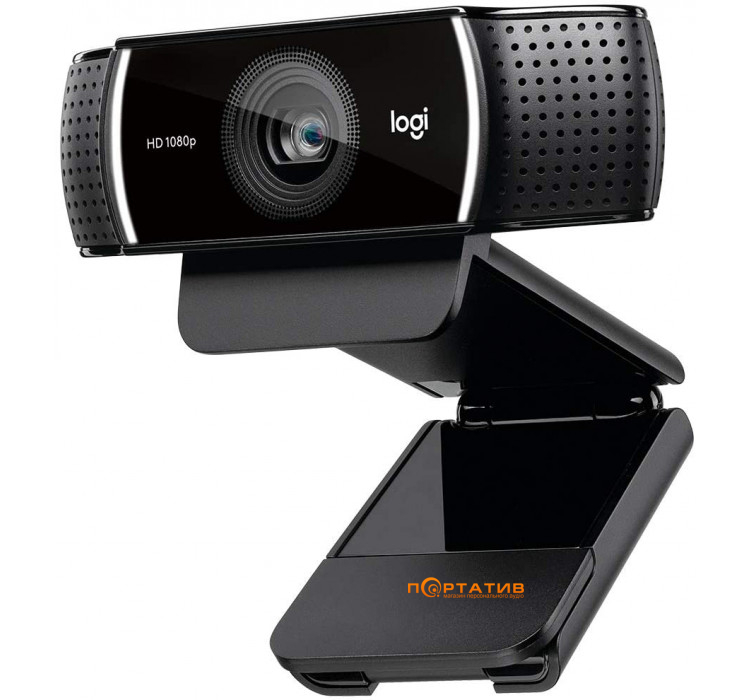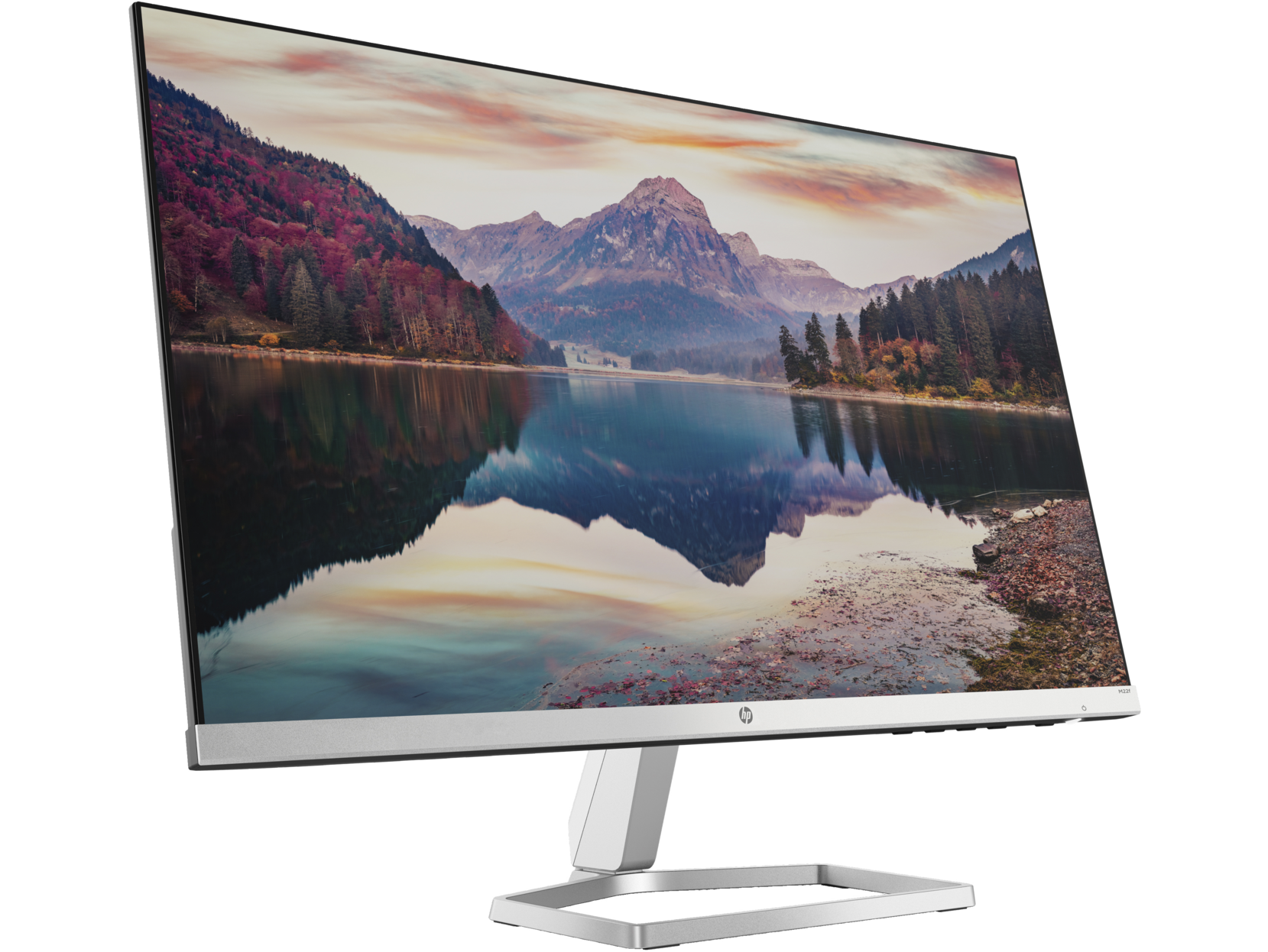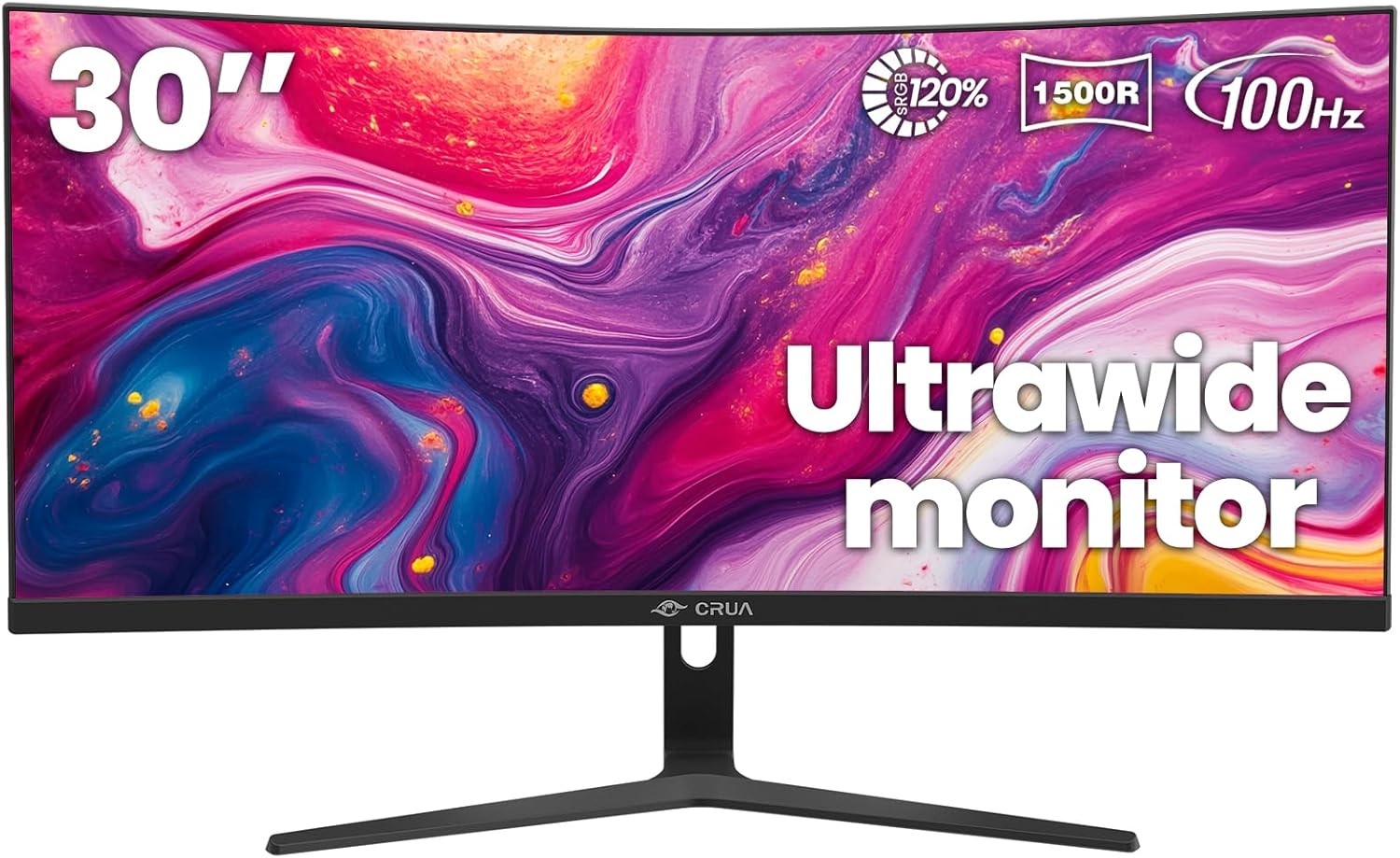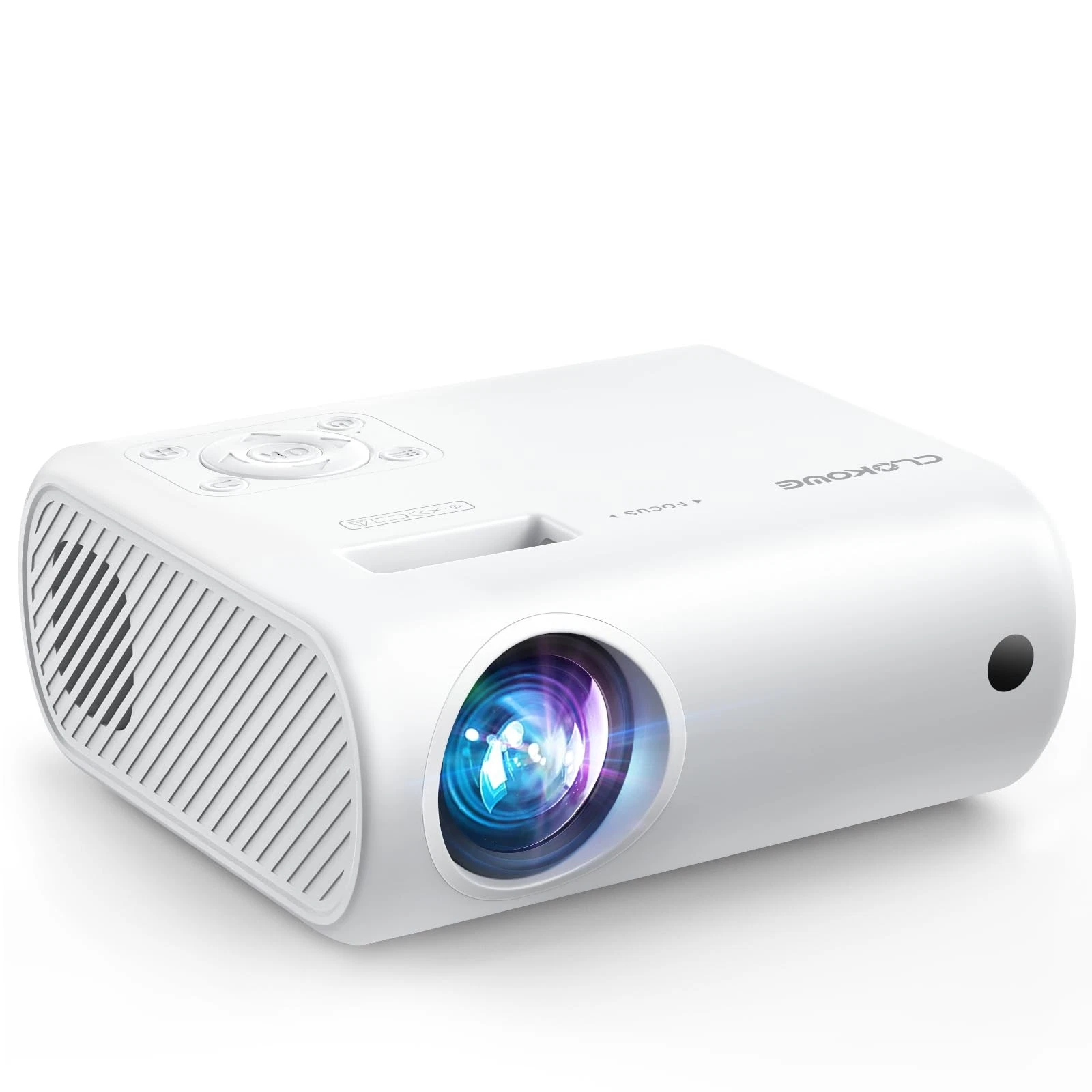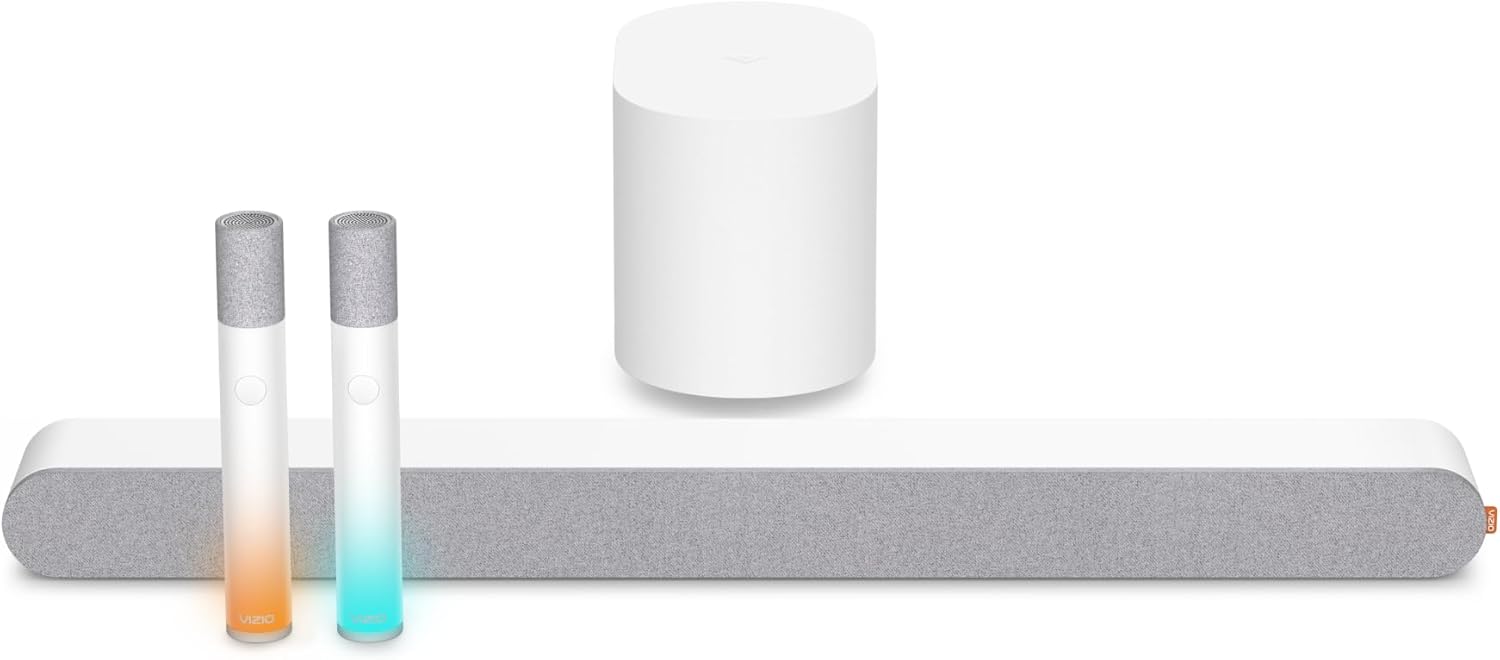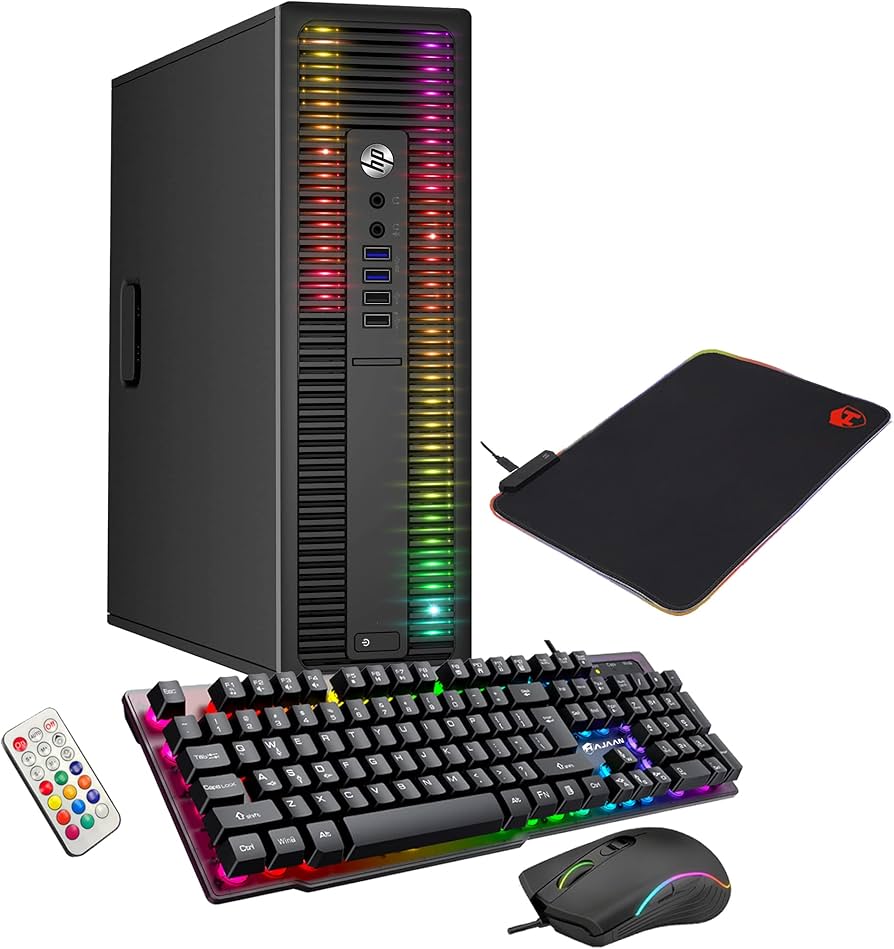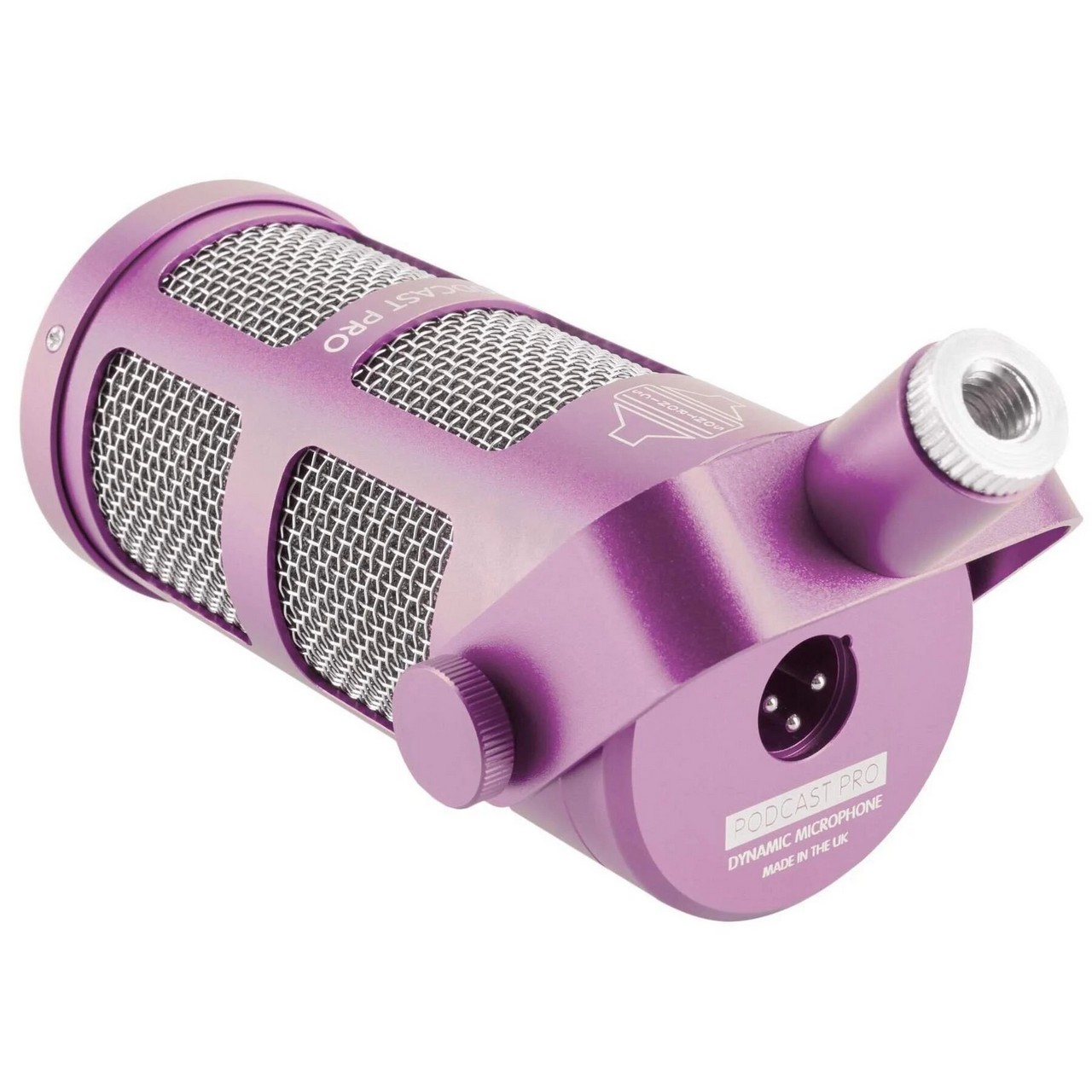The world of PC gaming and content creation demands ever-greater performance—and Intel’s newest entrant proves it’s ready to compete. From the adrenaline rush of high-fps esports to the meticulous demands of 4K video editing, modern workflows push GPUs to their limits. In that arena, having a card that balances raw power, intelligent optimizations, and efficient cooling isn’t just a luxury—it’s a necessity.
In this article, we’ll explore how the Intel Arc A750 8GB PCI Express 4.0 Graphics Card redefines performance, design, and intelligent features—so you can decide if it’s the right upgrade for your rig.
Shop Intel Arc A750 8GB PCI Express 4.0 Graphics Card
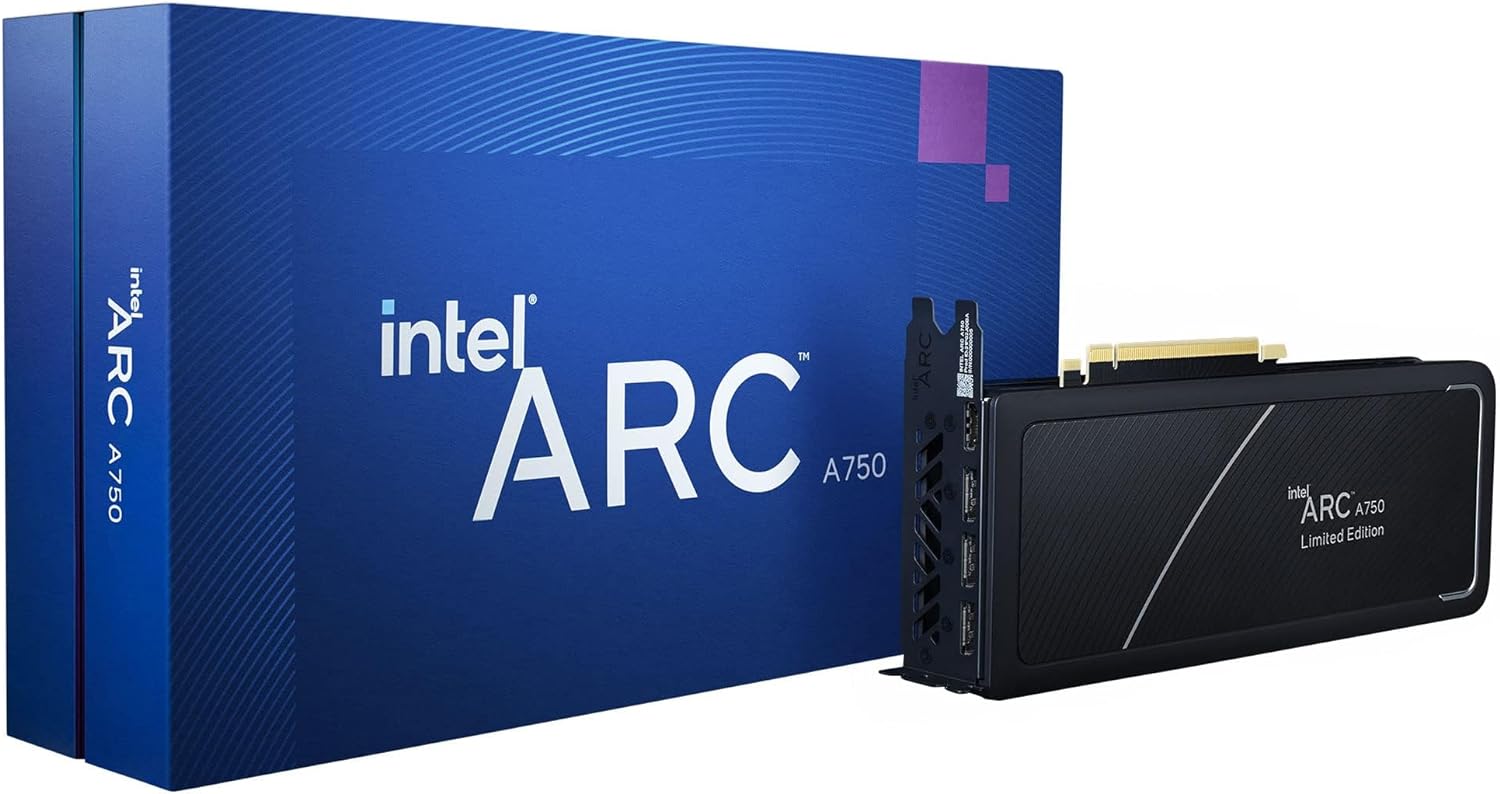
Seamless Performance and AI-Powered Upscaling
Thanks to Intel’s Alchemist architecture, the Arc A750 pairs 8GB of high-speed GDDR6 memory with dedicated ray-tracing cores and an AI acceleration engine. In practical terms, this means more than just raw frame rates—it’s about intelligent workload distribution. When playing graphically demanding titles like Cyberpunk 2077 or Horizon Zero Dawn, the card offloads complex lighting and shading computations to its ray-tracing units, freeing up traditional shaders to focus on geometry and textures. Meanwhile, Intel XeSS (Xe Super Sampling) analyzes frame data in real time, reconstructing detail at higher resolutions with minimal artifacts. The end result is consistently smooth performance, even when you crank settings up to ultra.
Further, the Arc A750 excels in asynchronous compute, allowing parallel execution of multiple compute tasks without bottlenecks. This flexibility benefits modern game engines that mix physics, AI, and rendering tasks dynamically. Whether you’re in a high-stakes multiplayer shoot-out or exploring open-world vistas, the GPU responds with buttery-smooth frame pacing and minimal stutter—elevating both competitiveness and immersion.
Sleek Design, Efficient Cooling
Inside its sleek dual-slot form factor, the Intel Arc A750 8GB PCI Express 4.0 Graphics Card hides a thermal solution engineered for silent endurance. Two large, low-RPM fans sit atop a dense array of nickel-plated heat pipes, which channel heat from the GPU die through a fin stack optimized for maximum airflow. Intel’s dynamic fan curve algorithm monitors thermal sensors across the PCB and memory modules, adjusting fan speeds in real time to maintain temperatures below 75 °C under full load.
On the aesthetic side, a brushed-metal shroud and perforated backplate not only reinforce rigidity but also add a premium look that complements modern PC builds. Subtle RGB accent lighting along the top edge can be synchronized via Intel’s driver software, allowing you to match your system’s color scheme or signal temperature thresholds. Whether you’re showcasing your rig on camera or gaming in a darkened room, the Arc A750 remains both a visual and performance centerpiece.
Shop Intel Arc A750 8GB PCI Express 4.0 Graphics Card
Real-World Benchmarks
Benchmarks don’t lie—and the Arc A750 delivers competitive numbers across the board. In 3DMark Time Spy, it scores within 10 % of rival mid-range cards, while in Port Royal (ray-tracing test), it outpaces several older high-end GPUs thanks to its dedicated RT cores.
- 1080p Ultra Settings: An average of 130 FPS in Valorant and 140 FPS in CS:GO, with CPU overhead kept to a minimum.
- 1440p High Settings: 75–85 FPS in AAA titles like Assassin’s Creed Valhalla and Red Dead Redemption 2, matching or exceeding similarly priced competitors.
- Ray Tracing + XeSS: In Metro Exodus RTX, toggling medium ray tracing plus XeSS yields a smooth 60 FPS, showcasing how AI upscaling bridges the gap between visual fidelity and performance.
These figures underline the Arc A750’s versatility: blistering speeds for esports, solid performance in triple-A blockbusters, and credible ray-tracing capabilities at an accessible price point.
Content-Creation Powerhouse
Beyond gaming, the Arc A750 shines in productivity and content-creation workloads. Its hardware-accelerated media engine supports AV1 encode/decode, a next-generation video codec that delivers up to 50 % better compression than H.264—ideal for high-quality livestreams without exhausting bandwidth. Content creators editing 4K footage in Adobe Premiere Pro or DaVinci Resolve will notice significantly reduced render times, as the GPU offloads color grading, effects, and multi-layer compositing tasks.
Intel’s Quick Sync technology further accelerates H.264/HEVC tasks, leaving your CPU free to manage project files, plugins, and background processes. Whether you’re juggling multiple video streams, recording podcasts, or producing 3D animations, the Arc A750 streamlines your workflow—making it a compelling choice for hybrid creators who demand both gaming prowess and professional reliability.
Shop Intel Arc A750 8GB PCI Express 4.0 Graphics Card
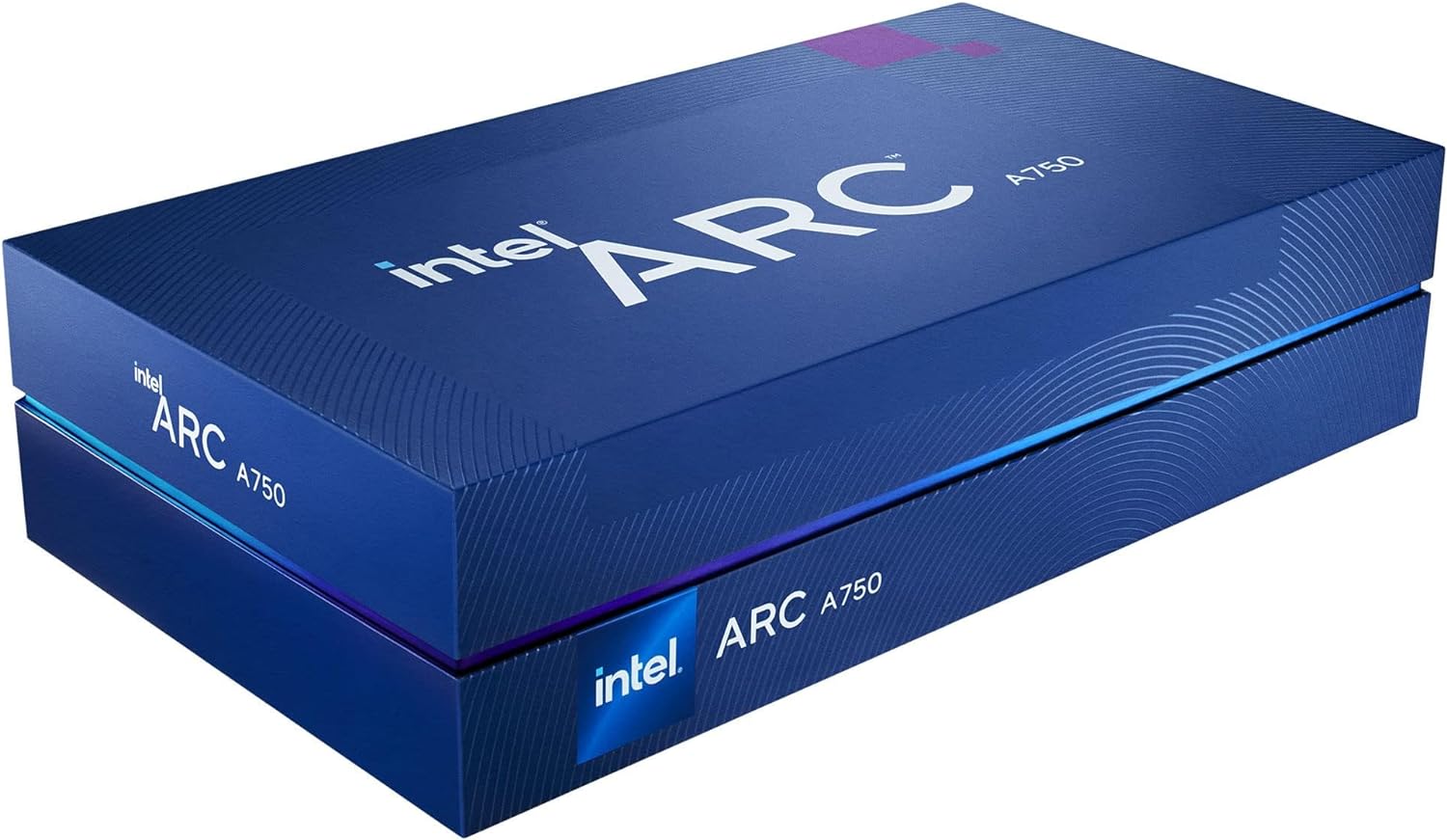
Smart Gaming Features
Intel’s commitment to AI-driven enhancements comes alive with Xe Super Sampling (XeSS) and Variable Rate Shading (VRS). XeSS intelligently upscales lower-resolution frames to your target resolution, preserving edge detail and reducing ghosting—so games look crisp even when performance is prioritized. VRS further tunes workload by decreasing shading rates in peripheral or low-attention areas of the screen, channeling resources where your eyes focus most.
These features adapt on a per-game basis: the Arc Control software provides toggles for quality or performance modes, along with real-time metrics to help you find the best balance. As support for AI upscaling grows across game engines—Epic’s Unreal Engine and Unity both offer native XeSS plugins—the Arc A750’s smart features ensure your investment stays relevant for future releases.
Plug-and-Play Compatibility
Upgrading is effortless. Simply insert the Intel Arc A750 8GB PCI Express 4.0 Graphics Card into any PCIe 4.0 x16 slot, attach the two required 8-pin power connectors, and install Intel’s Arc driver suite. The drivers include a one-click optimization tool that scans your installed titles, recommends ideal settings, and keeps both game profiles and firmware up to date.
Windows 10 and 11 receive full support, with future Linux drivers in active development for open-source enthusiasts. Motherboard vendors like ASUS, MSI, and Gigabyte have also released BIOS updates to ensure seamless boot compatibility and resource allocation. Whether you’re upgrading a legacy rig or building the latest Z-series platform, the Arc A750 integrates without drama—so you can focus on the fun part: gaming and creating.
Shop Intel Arc A750 8GB PCI Express 4.0 Graphics Card
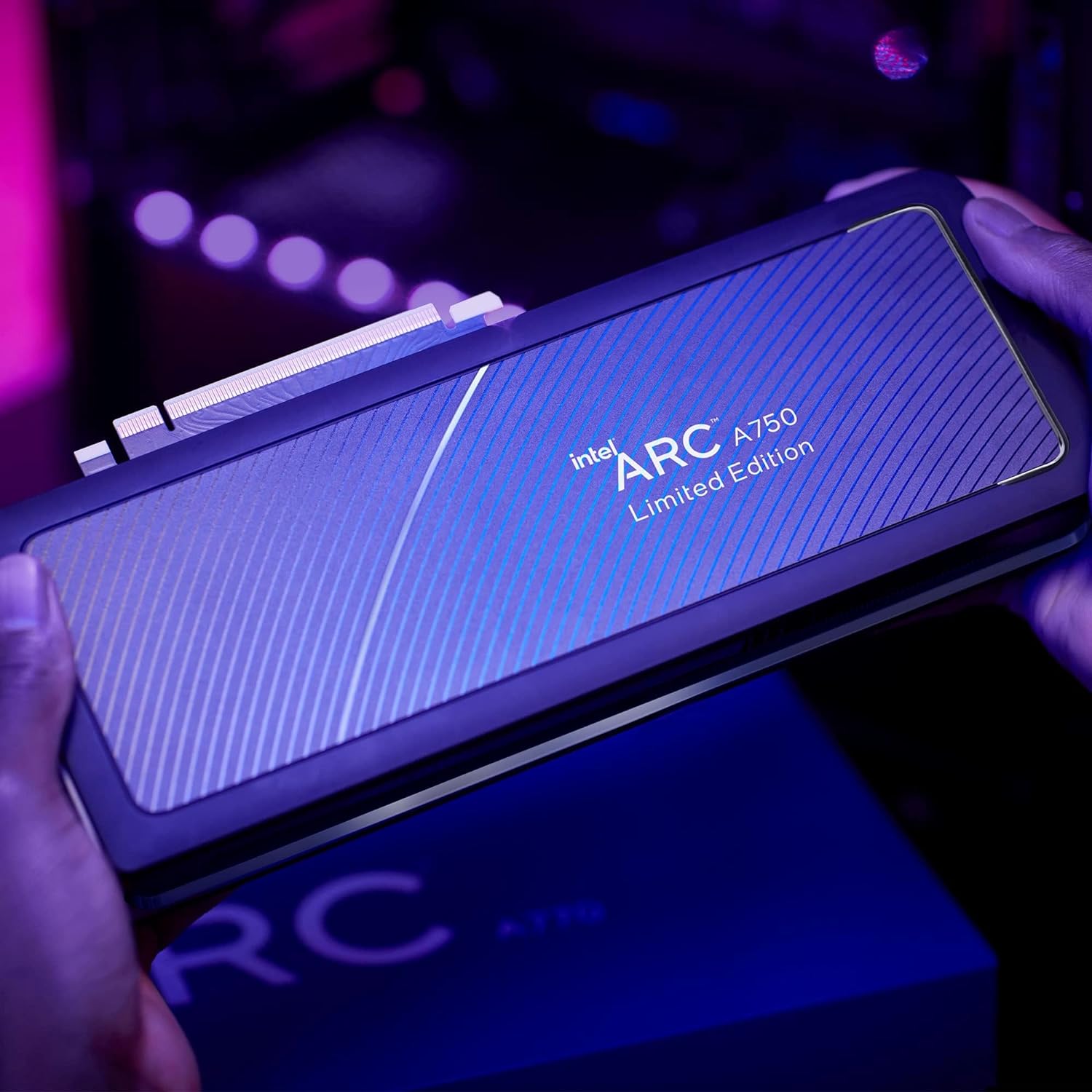
Conclusion
The Intel Arc A750 8GB PCI Express 4.0 Graphics Card strikes an impressive balance of price, performance, and intelligent features. Whether you’re chasing high frame rates in competitive shooters, crafting 4K video content, or exploring cutting-edge ray-traced worlds, its combination of advanced architecture, robust cooling, and AI-driven upscaling makes it a standout mid-range contender. Elevate your system today and experience the future of graphics acceleration.
Shop Intel Arc A750 8GB PCI Express 4.0 Graphics Card
FAQ
- Does the Intel Arc A750 require special drivers?
Windows 10/11 installs basic drivers automatically. For full feature access—including Arc Control and XeSS support—download the latest Intel Arc drivers from Intel’s website. - Can the Arc A750 negotiate lower speeds on older PCIe slots?
Yes – it defaults to PCIe 3.0 speeds on legacy motherboards, ensuring compatibility without issues. - What power connectors does the card need?
The Arc A750 requires two 8-pin PCIe power cables. Most modern PSUs include these; check your power supply specifications before installing. - How effective is the cooling solution under load?
The dual-fan, heat-pipe design keeps core temperatures below 75 °C during extended gaming sessions, with noise levels staying under 35 dB. - Will it work on macOS or Linux?
macOS isn’t officially supported, but Linux drivers are in active development—many distributions already provide experimental Arc support via the “drm-intel” driver. - How do I enable Intel XeSS in games?
Install the latest Arc driver, open Arc Control, and toggle XeSS under the Performance tab. Supported titles will then offer XeSS as a resolution/upscaling option. - Does the card support AV1 video encoding?
Yes – the dedicated media engine accelerates AV1 encode/decode alongside H.264 and HEVC, ideal for streamers and video editors. - Can I overclock the Intel Arc A750?
Intel’s Performance Tuning tool allows mild overclocking of GPU frequency and memory, with built-in safety limits to prevent instability. - Is RGB lighting customizable?
Subtle RGB accents can be synchronized or disabled via Arc Control’s Lighting menu, letting you match your build’s aesthetic. - Where can I purchase the Intel Arc A750?
It’s available now on Amazon and major retailers—see the links above for the most up-to-date pricing and stock information.

